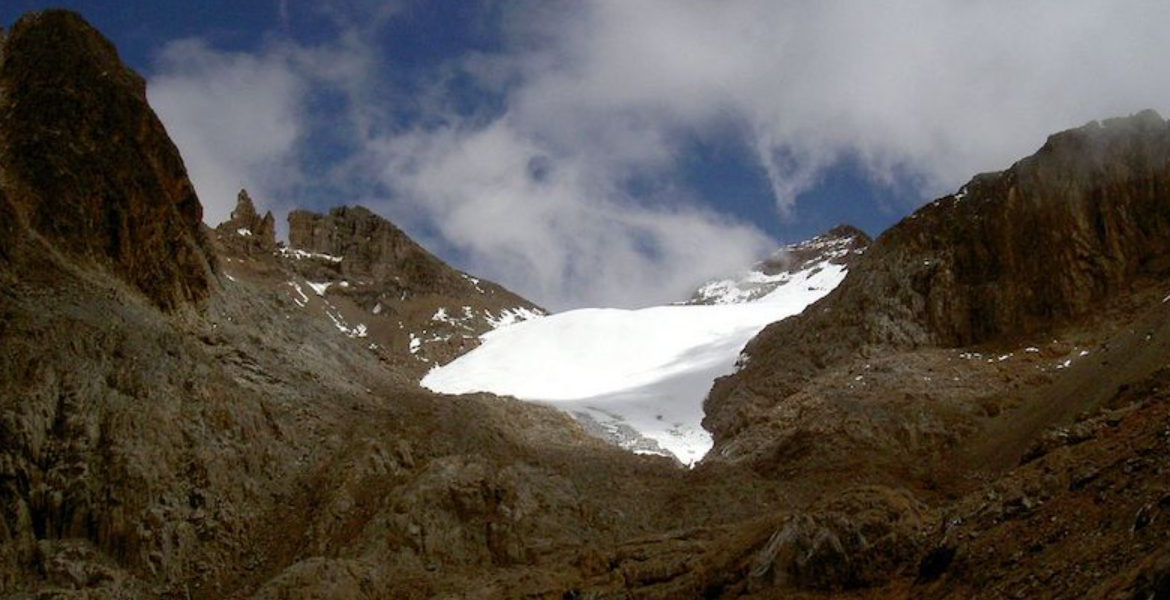
Mt Kenya
- 82 views
In 2024, the world marked a disturbing milestone in climate change, as global temperatures soared to 1.55 degrees Celsius above pre-industrial levels.
This alarming statistic, validated by six prominent international organizations and the World Meteorological Organization (WMO), highlights the urgent need for decisive climate action. The rise in temperatures is attributed to a combination of anthropogenic climate change and a significant El Niño event. Kenya, already grappling with climate vulnerabilities, has felt the profound effects of this global temperature increase.
Since 2020, the country has endured a prolonged drought that impacted over 4.5 million people. In late 2023, excessive rainfall led to unprecedented flooding, displacing thousands and claiming multiple lives. Erratic rainfall patterns have disrupted agricultural activities, jeopardizing food security and threatening pivotal sectors such as tea and coffee. Exceeding the 1.5 degrees Celsius threshold, as outlined in the Paris Agreement adopted during COP21 in 2015, is a critical concern.
This limit is not merely a benchmark but a warning against catastrophic climate impacts. As a signatory to the Agreement, Kenya has committed to reducing its greenhouse gas emissions while adapting to the unavoidable effects of climate change. WMO Secretary-General Celeste Saulo underscores that surpassing this limit for a single year is not an irrevocable defeat but rather a call to recognize the significance of every incremental degree, especially for vulnerable nations like Kenya.
The potential repercussions for Kenya are severe if global temperatures continue to rise. The nation's arid and semi-arid regions, which constitute around 80% of its landmass, are likely to expand, exacerbating issues of water scarcity and threatening livelihoods. Mount Kenya's glaciers, having already lost 92% of their mass, are at risk of complete disappearance. Coastal cities such as Mombasa face increasing threats from rising sea levels, while more frequent extreme weather events may further stress the country’s infrastructure and economy.
Despite these challenges, Kenya has positioned itself as a regional leader in climate action. The nation aims to reduce its greenhouse gas emissions by 32% by 2030 and has established itself as Africa's leading producer of geothermal power through substantial investments in renewable energy. Additionally, the government has implemented a ban on single-use plastics and is actively working toward achieving 30% forest cover by 2050.
As global temperatures breach the 1.5°C threshold, nations are anticipated to revise their Nationally Determined Contributions (NDCs) this year. Kenya's updated climate strategy will be pivotal, especially in a region warming faster than the global average. UN Secretary-General Antonio Guterres emphasizes the need for immediate international action, asserting that the extreme temperatures observed in 2024 necessitate groundbreaking climate initiatives in 2025.
To effectively address these challenges, Kenya must enhance efforts in adopting renewable energy, bolster early warning systems for extreme weather, invest in climate-resilient agricultural practices, and protect vital ecosystems. While a single year's deviation from the 1.5°C limit does not herald disaster, it serves as a critical reminder of the need for ongoing adaptation and mitigation strategies.
Kenya's Climate Change Act and National Climate Change Action Plan lay the groundwork for an effective response, but their success hinges on robust implementation and support from the international community.
